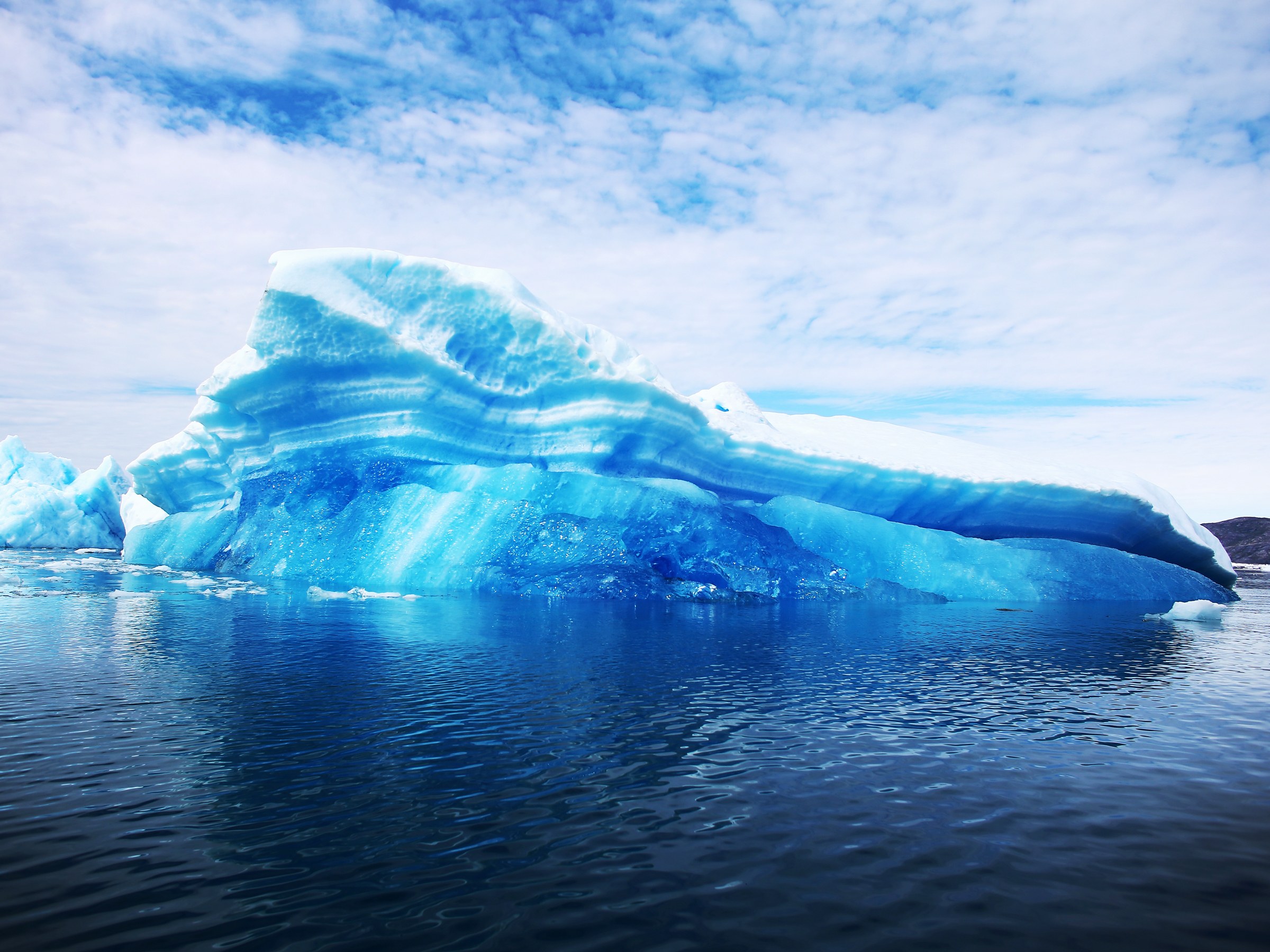11 Dec 2024

Tired Earth
By The Editorial Board

When soot from fossil fuel combustion and wildfires drifts onto the Arctic ice and snow, it helps feed a spiraling cycle of warming, melting ice and rising sea level.
New research carried out at remote locations across the Arctic shows that most of the soot—also known as black carbon—is coming from fossil fuel sources such as coal power plants, cars and trucks and factories. The findings could help countries begin to control this climate pollutant.
"Some people think it's biofuels and wildfires, but our main takeaway is that fossil fuels are the main source of black carbon in the Arctic," said Patrik Winiger of Vrije Universiteit Amsterdam, the lead author of a study published today in the journal Science Advances.
His team found that about 70 percent of the black carbon in the Arctic currently comes from fossil fuel burning in Northern countries. They tracked changes in black carbon levels in the atmosphere through the seasons over five years and used chemical analyses to determine the pollution's origins.
During winters, they found that emissions from fossil fuel burning made up the majority of black carbon accumulations.
During the summer, when overall black carbon concentrations are lower, emissions from wildfires and agricultural burning were bigger sources.
The Arctic region is warming between two and three times faster than the world as a whole. Changes there, from the loss of sea ice to the melting of the Greenland Ice Sheet and mountain glaciers, can affect the entire planet. Past studies have suggested that black carbon is responsible for as much as a quarter of Arctic warming.
The exact role of black carbon in the rate of warming and melting in the Arctic is still being scrutinized, and it's important to understand, said Scott Denning, an atmospheric scientist at Colorado State University who wasn't involved in the new study.
Black carbon typically stays aloft for only a few days to weeks before falling. While airborne, it is a short-lived climate pollutant that is many times more potent than carbon dioxide at warming the atmosphere, though it has a far shorter lifespan. While it is suspended high in the atmosphere, it can also block sunlight, and some research suggests that soot from wildfires can interfere with the formation of rainstorms.
Once it falls, black carbon darkens the surface of the ice and snow, where it absorbs energy from sunlight. That can cause melting on the surface while also reducing how well the ice reflects solar radiation back into space.
The authors of the new study determined that most of the black carbon that reached the Arctic came from the Arctic countries and parts of Europe and northern China above about 42 degrees north latitude, a line that passes along the southern edges of the U.S. states of Oregon, Michigan and New York.
Previous estimates of black carbon sources were generally based on models or on spot readings from single locations, and the results varied widely, Winiger said. The new study includes observations year-around from 2011 to 2016 in multiple locations across the region.
"It's easier to target the sources if you know when and where it's coming from," Winiger said. "This will lead to better mitigation scenarios."
If fossil fuel emissions are cut as envisioned under the Paris climate agreement, black carbon levels will decrease, said Mark Serreze, director of the National Snow and Ice Data Center, who wasn't involved in the new study.
He said the new findings "advance our knowledge. They have a good data set and agreement with models. They are starting to get a better handle on where it comes from and what it's made of. That's important if you're going to come to any kind of mitigation strategy."
Efforts have been proposed to limit black carbon, including the International Maritime Organization's proposed restrictions on heavy fuel oil in shipping in the Arctic and the Gothenburg Protocol on black carbon.
Stanford University energy and climate expert Mark Z. Jacobson, who published early black carbon research nearly 20 years ago, said any information that helps understand climate damaging pollution is useful.
"If you can control black carbon, you may be able to slow down the loss of ice in the short-term," he said. "But whether it's from fossil fuels or wildfires, winter or summer, we need to stop it all."
Source : insideclimatenews.org
Comment